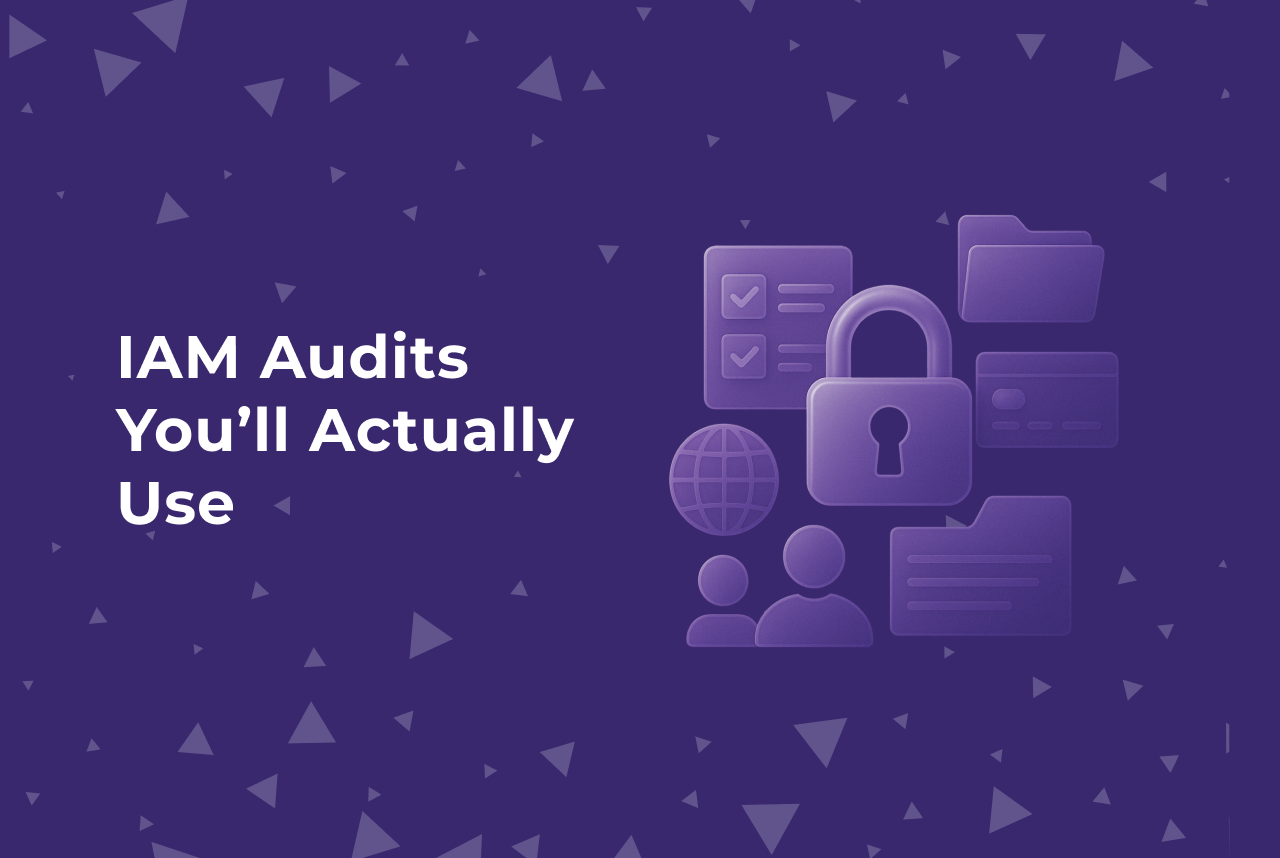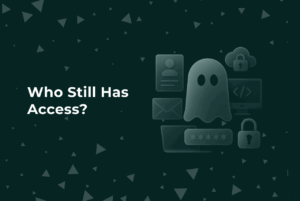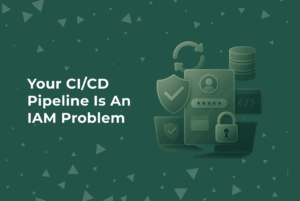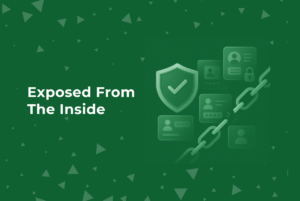Let’s be real for a minute.
Your SaaS stack?
It’s probably a bit messy.
One tool has SSO enabled.
Another doesn’t support MFA at all.
You’ve got admin permissions floating around in Datadog—and nobody’s quite sure how long that contractor’s Linear account has been active.
Sound familiar? Yeah. You’re not alone.
IAM drift is real, and it’s happening right now in your environment. You just haven’t looked closely yet.
The Stack Moves Fast. IAM? Not So Much.
When you’re scaling, you move fast. The product’s shipping, teams are growing, and everyone’s adding tools to get things done.
You start with a few—GitHub, Notion, maybe Vercel.
Then come the rest:
Stripe, Intercom, Sentry, Figma, Mixpanel, Retool, LaunchDarkly, Linear…
Pretty soon, you’re staring down a 15+ tool SaaS sprawl.
Each with its own login system.
Each with slightly different definitions of “admin.”
And each living in its own little access silo.
It’s like IAM whack-a-mole. You close one hole, another pops up.
Meanwhile, nobody’s looking at the full picture.
What’s Actually Broken? (Spoiler: Visibility)
IAM issues don’t show up in logs—until something breaks.
That’s the tricky part. Most teams don’t:
- Have a centralized list of which users have access to which tools
- Monitor for inactive or orphaned accounts
- Track privilege creep as people switch roles
- Rotate shared credentials
- Or log any of this stuff, really
And then the questions hit:
“Who had access to our customer data last quarter?”
“Can you send us an access review for our vendor audit?”
“Why is a former employee still showing up in Intercom?”
That’s when everyone scrambles.
And the answers aren’t pretty.
A Simple Way Out (No GRC Team Required)
Look, this isn’t about spinning up a full compliance program.
You don’t need SOC 2 to get this right.
You just need some common-sense hygiene—and a checklist.
Here’s the version we’ve seen actually work:
- ✅ Inventory your tools
Don’t overthink it. Just write down everything your team is using—docs, code, deploys, payments, analytics. - ✅ Review admin roles
Who’s an admin, and why? If there’s no clear reason—revoke it. - ✅ Enable SSO + MFA wherever you can
Seriously, no excuses here. - ✅ Kill inactive accounts
Anything unused for 30+ days? Flag it. Disable. Move on. - ✅ Automate offboarding
Hook your HR system or Slack workflow into deprovisioning. Make it automatic. - ✅ Log access reviews
Doesn’t need to be fancy. Even a shared Google Sheet is fine. Just track what’s been reviewed and when.
That’s it. 20% of the effort gets you 80% of the protection.
Why This Matters (A Lot More Than You Think)
Every time you add a new tool and don’t track it—you create another blind spot.
Every time you let roles accumulate—you increase your blast radius.
SaaS IAM sprawl isn’t a minor annoyance. It’s a latent risk.
And it gets worse the faster you scale.
Because IAM problems don’t show up in staging.
They show up when someone onboards late at night and gets prod access “just to help.”
Or when a tool gets breached—and your overprivileged token is still active.
If your product is moving fast, your access controls need to move faster.
Want a Lightweight Audit You’ll Actually Use?
We built a playbook for fast, no-nonsense IAM audits.
It’s designed for CTOs at scaling companies—where security matters, but you don’t have time to hire a GRC team.






